Blog
What's it like to be a States of Incarceration tour guide?
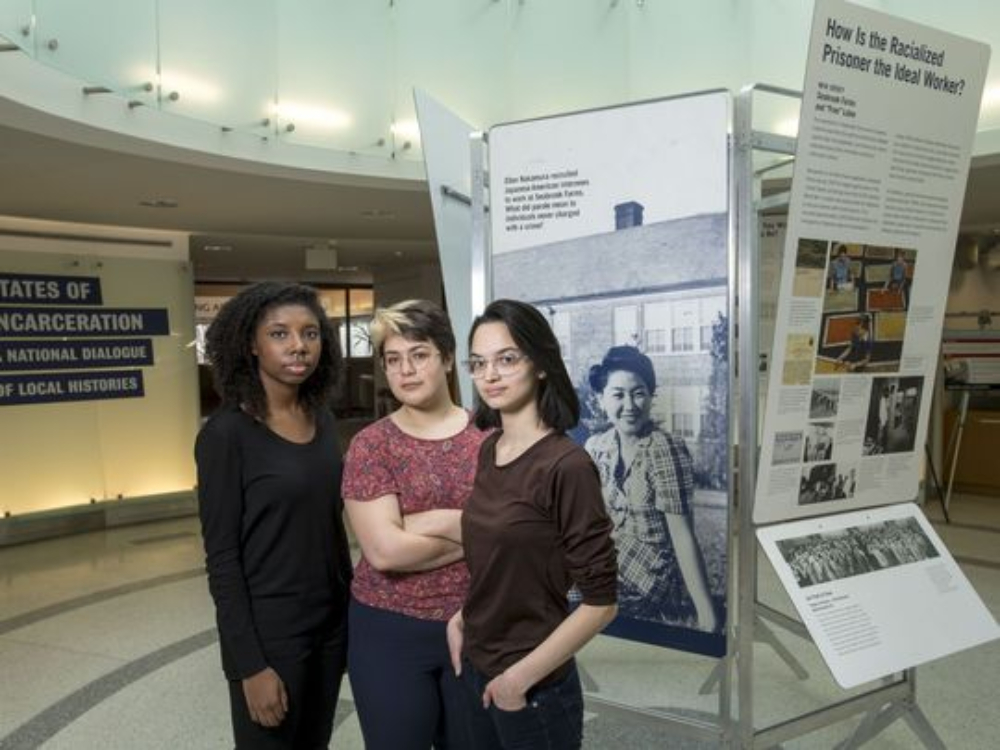
Editor's Note: This summer the HAL team was honored to have Lilah and Jazmyn as our interns. Together they helped us expand the HAL digital archive to include transcriptions of the interactive portion of the exhibit. Lilah and Jazmyn, along with fellow Rutgers student Rachel Ferrante, served as tourguides at the Mabel Smith Douglass Library in New Brunswick this spring, where they facilitated dialogue among their peers as they visited the exhibition. In this roundtable, Lilah and Jazmyn tell us a bit about their experience. Their responses have been edited for clarity and length.
Shana Russell (Program Manager, States of Incarceration): How did the two of you become involved with States of Incarceration?
Lilah...
Refugees at Work: the U.S. History of Capitalizing on Captive Labor
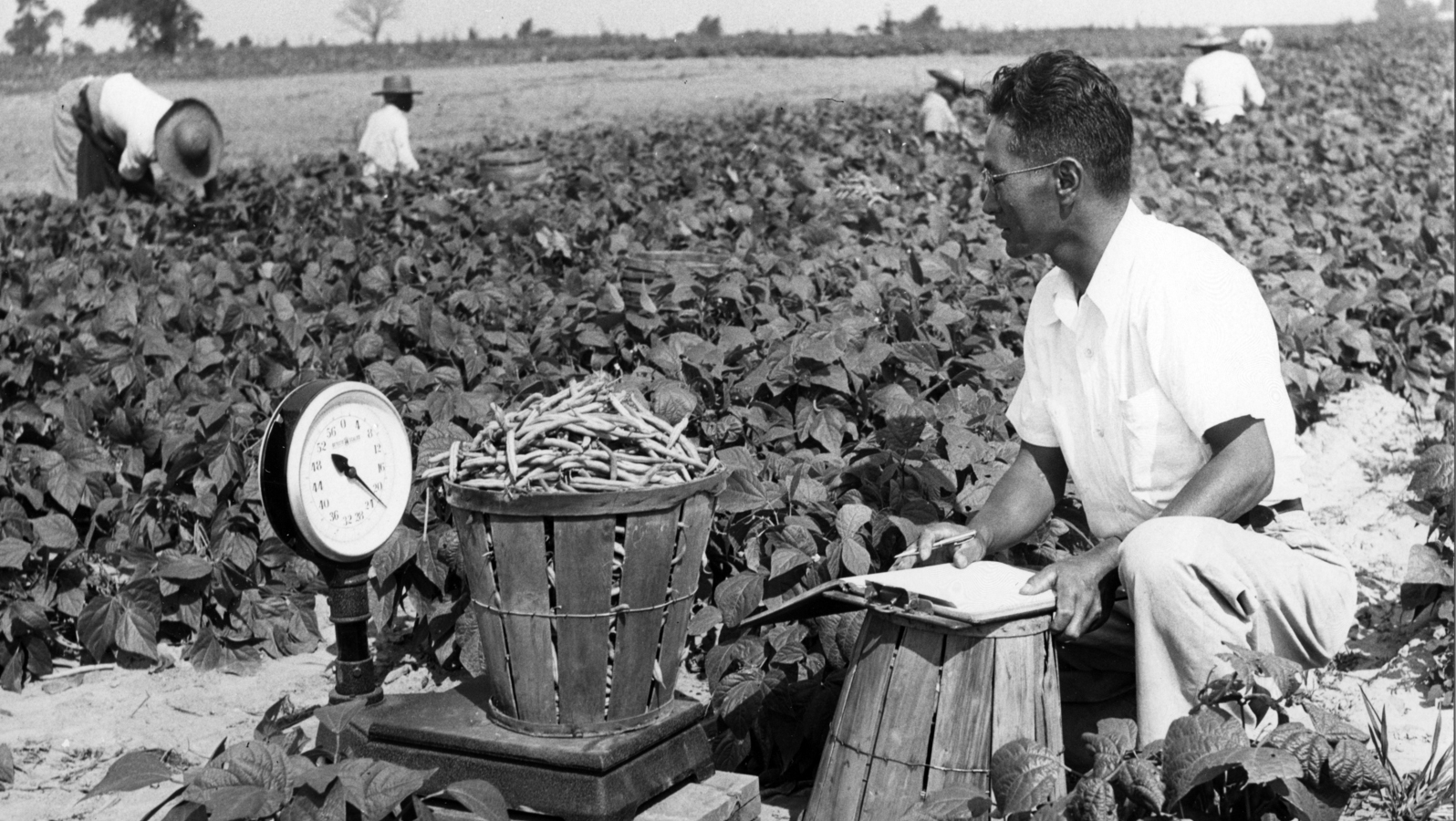
The States of Incarceration exhibit module Seabrook Farms and “Free” Labor: How is the racialized prisoner the ideal worker? explores the complicated immigrant labor history of Seabrook Farms. The frozen vegetable plant was a successful producer of suburban household staples during rise of consumerism. The company’s labor practices told a different story. Seabrook Farms labor camp was the largest agribusiness in the United States by 1950, with 6,000 employees at its peak. As the CEO, Charles Franklin Seabrook received the reputation of compassionately relocating refugee groups into the Seabrook Farms community. He also made calculated business decisions to take advantage of refugee displacement, monopolizing on racialized captive labor that would bring him certain financial gain. Seabrook...
The State of Public Humiliation

There isn’t anything new about public humiliation and its role in punishment. Throughout history, public humiliation was used to warn others away from committing a crime, while branding some criminals for life. In the United States, the development of Eastern State Penitentiary in Philadelphia during the early nineteenth century was heralded as a reform in the prison system, because convicted felons were imprisoned anonymously. This, in theory, allowed them to reintegrate into society without the stigma that public humiliation created.
Despite such reforms, public humiliation remains a part of the system – and has been reemphasized as a method of punishment – and the dehumanization of criminals continues to be an ongoing issue. With the development of new forms...
The Changing Tide in the Re-Enfranchisement of Felons
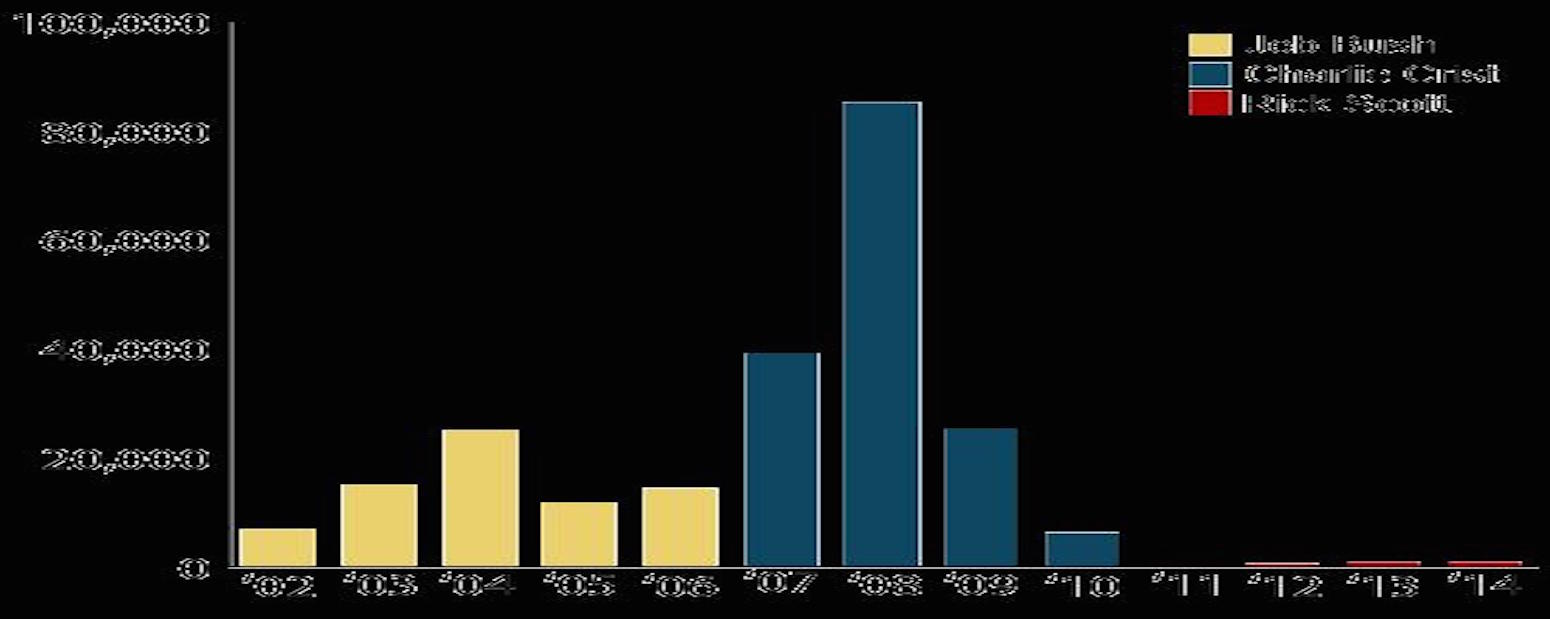
After being convicted of a felony, individuals lose many rights of citizenship, including the right to vote; the right to sit on a jury; the right to possess firearms; the ability to travel abroad to some countries; certain employment opportunities; access to food stamps, public housing, and other social services; and often parental benefits. Felons are paradoxically rightless citizens in that they are beholden to the nation, but cannot enjoy the benefits.
After Kentucky Governor Steven L. Beshear ordered the automatic re-enfranchisement of ex-felons in November 2015, only Iowa and Florida permanently ban all persons with felony convictions from voting. While some states restore rights immediately following release from prison, most require convicts to complete parole and probation before...
Corporatization of Prisons and Immigration Detention
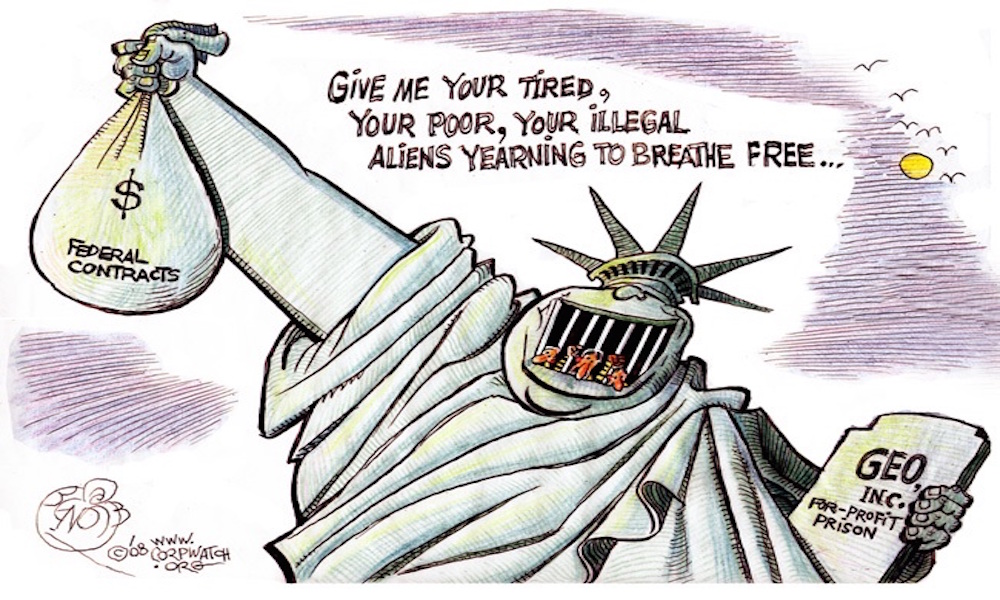
The federal prison population has spiked over 790 percent since 1980. Hundreds of jails have been constructed nation wide. With the conservative war on drugs and crime, the prison industry became a new opportunity for corporations to profit from the states. Since the early1990s corporate actors became entrenched in elections and the political process, seeking to facilitate the construction of prisons and detention facilities by developing connections and asserting influence over politicians and other policy officials.
The GEO Group and the Corrections Corporation of America (CCA) are the two largest private prison companies in the U.S. Since 2000, they have given over $835,000 combined to candidates in U.S. House and Senate races. At...
Ruth Asawa: Individuality in a Mass
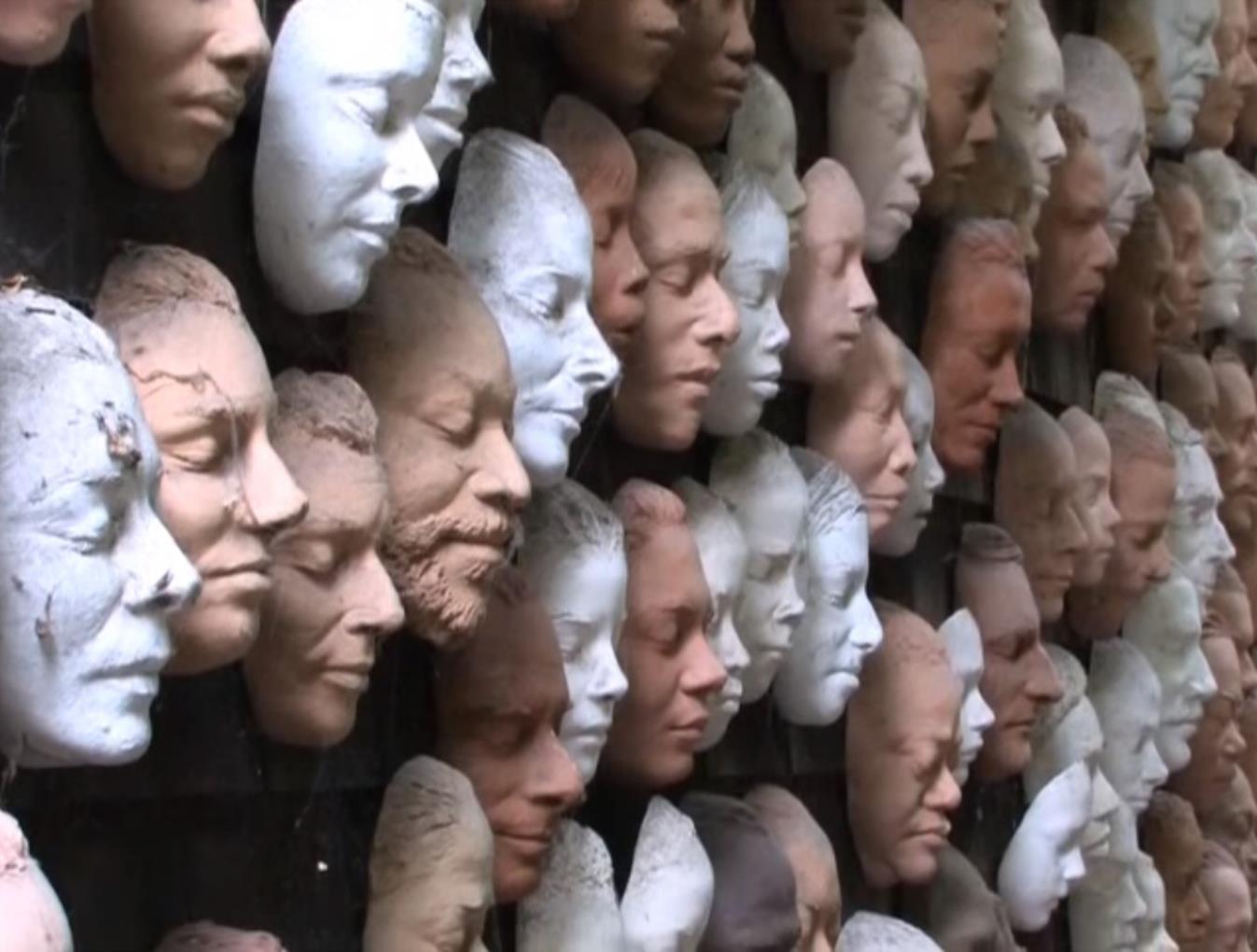
Ruth Asawa, a Japanese American artist, was born in 1926 and lived her whole life in Southern California until 1942 when she and her family were forced into an Arkansas internment camp for 18 months. Describing internment, Asawa notes, “I would not be who I am today had it not been for the Internment, and I like who I am." Asawa is well known for her sculptures. One piece, “Faces on a Wall”, has involved collecting plaster masks made from the faces of her friends and family for 45 years. Internment camps and prisons represent a system that seeks to dehumanize and amass individuals into a group—In Asawa’s case, internment sought to label all Japanese Americans as threats...
The “Unpatriotic” Muslim Facing the Patriot Act
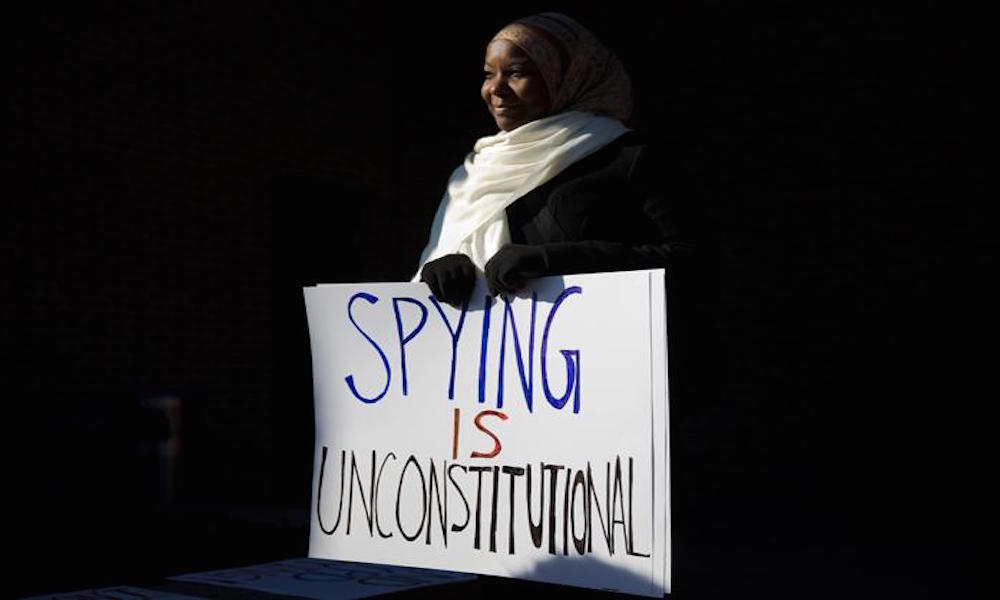
In 2003, the FBI wrongfully arrested US citizen Abdullah Kidd at Dulles international airport in Washington, DC. Over the course of his detention he was subject to strip-searches, denied access to a lawyer, and shackled without ever being charged with an actual crime. Kidd was among the thousands of Muslim, South Asian, and Arab men – citizens and non-citizens alike – who found themselves detained, deported, and scrutinized in the wake of 9/11. Abdullah Kidd is known as a “material witness”, meaning he allegedly had information pertinent to an FBI investigation on his acquaintance Sami Omar Al-Hussayen, a Saudi PhD student charged with supporting terrorism. Shortly after 9/11, the Patriot Act was passed and enacted. Although it did not create...